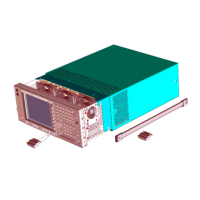
Do you have a question about the Agilent Technologies E4443A and is the answer not in the manual?
| Amplitude Range | +30 dBm to DANL |
|---|---|
| Phase Noise | -98 dBc/Hz at 10 kHz offset (1 GHz carrier) |
| Resolution Bandwidth | 1 Hz to 8 MHz |
| Input Impedance | 50 Ω |
| Input VSWR | < 1.5:1 |
| Input Power | +30 dBm |
| Sweep Time | 1000 s |
| Operating Temperature | 0°C to +55°C |
Activates Reference Level and controls vertical axis display and instrument settings affecting the vertical axis.
Adjusts absolute amplitude represented by the top graticule line, indicating current value in upper left corner.
Adjusts input attenuation, reducing input signal power to the input mixer. Supports 2 dB or 10 dB increments.
Accesses marker control menu for placing and moving markers on the trace.
Displays a menu for transmitter power, adjacent channel power, occupied bandwidth, and harmonic distortion measurements.
Places a marker on the highest peak and displays the search menu, with parameters like Threshold and Excursion.
Provides a starting point for measurements by performing mode, factory, or user presets.
Displays menu keys to control overall System functions, including GPIB and LAN settings.
Provides tips to run programs faster, such as turning off display updates and using binary data format.
Details configuring the instrument for LAN control via ftp, telnet, socket LAN, and SICL LAN.
Explains monitoring conditions using registers like Condition, Event, and Status Byte registers.
Illustrates the Auto Couple key menu flow, covering Auto Couple, Auto All, FFT & Sweep, and Detector.
Continues the Auto Couple key flow, detailing Avg/VBW Type, Detector, PhNoise Opt, and FFT & Sweep settings.
Completes the Auto Couple key flow, covering ADC Dither and ADC Ranging settings.
Shows menu flow for BW/Avg, including Res BW, Video BW, VBW/RBW, Average, and Avg/VBW Type.
Illustrates the Det/Demod key menu flow, detailing Detector settings like Auto, Normal, Average, Peak, and Sample.
Shows menu flow for the Display key, including Full Screen, Display Line, Limits, Title, and Preferences.
Continues Display key flow for Limits, covering Type, Freq Interp, Amptd Interp, and X Axis Units.
Illustrates the File key menu flow, covering Catalog, Save, Load, Delete, Copy, and Rename functions.
Shows menu flow for FREQUENCY Channel, including Center Freq, Start Freq, Stop Freq, CF Step, Freq Offset, and Signal Track.
Illustrates the Input/Output key menu flow, covering Input Port, RF Coupling, and Input Mixer.
Continues Input/Output key flow for Input Mixer, detailing Ext Mix Band and Mixer Config.
Shows menu flow for the Marker key, including Select Marker, Normal, Delta, Delta Pair, Span Pair, Off, and Marker Trace.
Shows menu flow for Marker Fctn, including Select Marker, Marker Noise, Band/Intvl Power, Function Off, and Marker Count.
Illustrates the MODE key menu flow, showing Spectrum Analysis as the primary measurement mode.
Shows menu flow for Peak Search, including Peak Search modes, Next Peak, Min Search, and Pk-Pk Search.
Illustrates the Preset key menu flow, covering Preset types like User, Mode, and Factory.
Shows menu flow for Print Setup, including Page Size, Orientation, Printer Setup, and Prints/Page.
Illustrates the SPAN X Scale key menu flow, covering Span, Span Zoom, Full Span, Zero Span, and Last Span.
Shows menu flow for Sweep, including Sweep Time, Sweep mode, Auto Sweep Time, and Gate Setup.
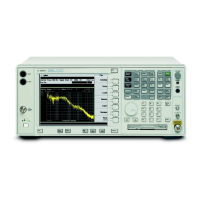




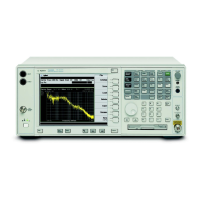
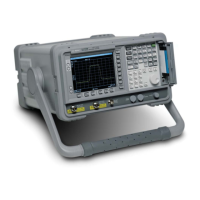
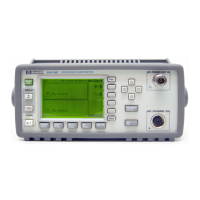




